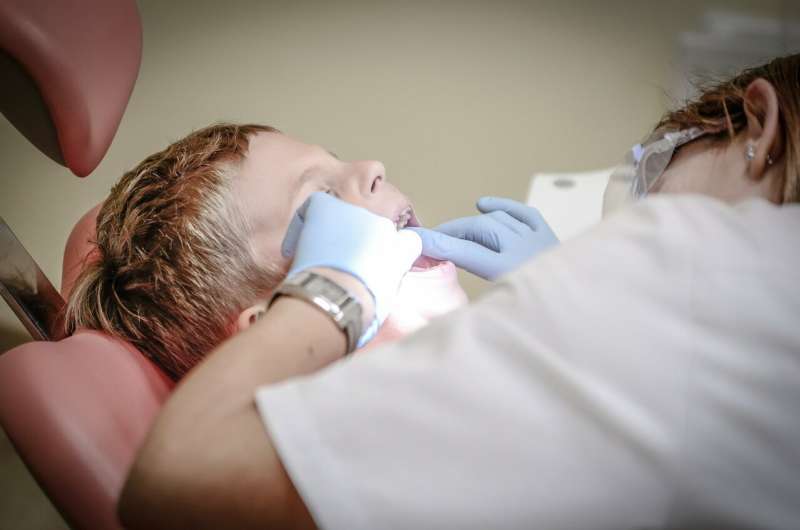Innovative X-ray and Radar Technology Reduces Risks in Cancer Screening

A new multimodal imaging method combining X-ray and radar technologies promises safer, more accurate early cancer detection with significantly lower radiation exposure.
Recent advancements in medical imaging are paving the way for safer and more accurate cancer detection methods. Researchers from the Fraunhofer-Gesellschaft have developed a pioneering approach that combines traditional X-ray imaging with radar technology to minimize radiation exposure during diagnosis and monitoring of breast and lung cancers.
While X-ray mammography remains the standard for early breast cancer detection due to its speed and precision, it involves exposure to ionizing radiation. High doses from more advanced imaging like CT scans pose health risks, especially with repeated use. To address this, the Fraunhofer team is exploring a multimodal imaging system that merges X-ray data with radar signals, which are well-known outside the medical field for their applications in aviation and automotive industries.
Radar offers a low-risk alternative to obtain three-dimensional images by detecting differences in tissue electrical properties without radiation. Despite lower resolution compared to X-ray, radar can reveal vital tissue changes, especially when integrated correctly with other imaging methods. The team is working on sophisticated algorithms to accurately align (or 'co-register') radar and X-ray data, enhancing the clarity and detail of internal tissue visualization.
This approach involves developing special imaging phantoms—artificial models mimicking human tissue—to test and optimize the combined system. The goal is to create a comprehensive, multimodal lab setup capable of early detection of tissue abnormalities with high precision and reduced radiation dose.
This innovative method not only aims to improve diagnostic accuracy but also significantly reduces the physical and health burden on patients. In a three-year project, the research team envisions a future where cancer screening is safer, more effective, and less invasive.
Source: https://medicalxpress.com/news/2025-08-ray-radar-technology-combined-cancer.html
Stay Updated with Mia's Feed
Get the latest health & wellness insights delivered straight to your inbox.
Related Articles
Maple-Derived Polyphenols Show Promise in Combating Tooth Decay
New research highlights how maple-derived polyphenols, especially epicatechin gallate, can inhibit bacteria responsible for cavities, opening doors for natural dental care solutions.
Innovative Perovskite Camera Enables Inside-Body Imaging for Medical Diagnostics
A breakthrough in medical imaging technology using perovskite crystals offers high-resolution, cost-effective inside-body scans—potentially revolutionizing nuclear medicine diagnostics.
Government Termination of Trans Health Research Sparks Concerns Across Science and Society
The abrupt termination of a pivotal trans health research study by the government raises concerns over scientific progress and societal impacts, highlighting risks to community trust and health equity.
Exploring the Impact of Illusory Beliefs on Medical Behavior and Trust in Healthcare
A recent study explores how false health beliefs influence trust in medicine and the use of unproven therapies, highlighting the importance of health literacy and evidence-based decision-making.



